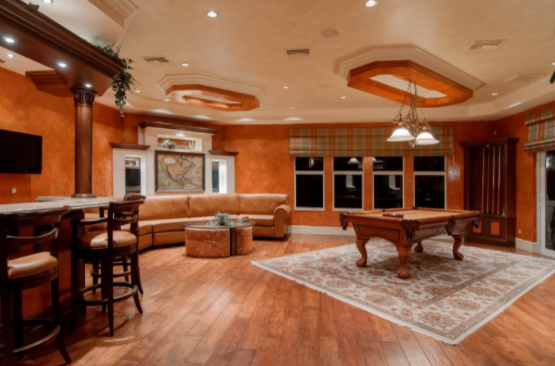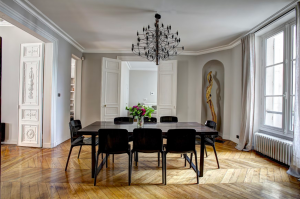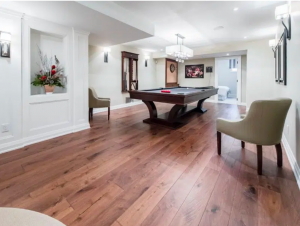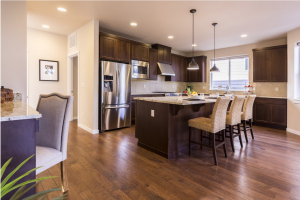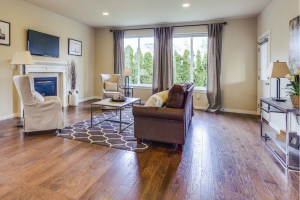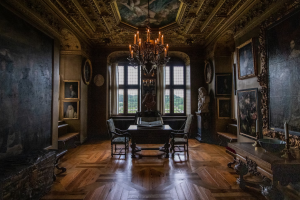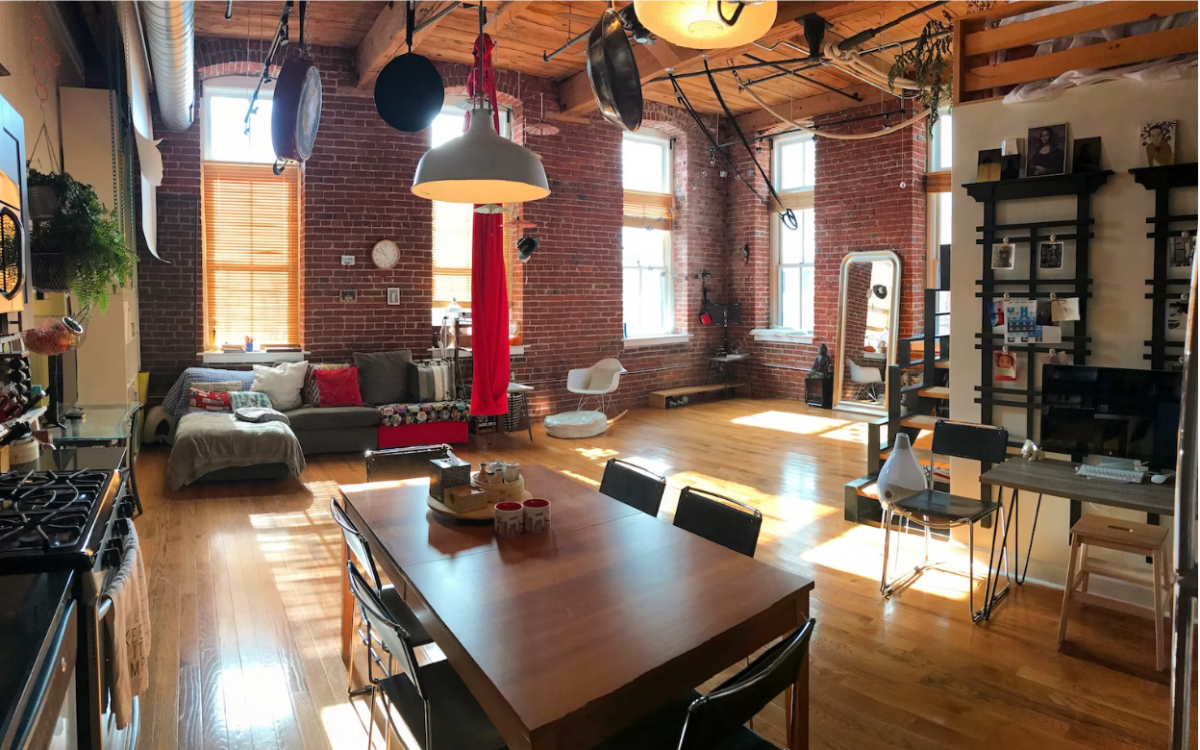When it comes to renovating or building a home, hardwood floors are a popular choice. Not only are they visually pleasing and long-lasting when maintained properly, but they also come in hundreds of different species, colors, and sizes – all at varying price points.
However, there’s another type of hardwood flooring that often gets overlooked: prefinished hardwood floors. This type of floor has some big advantages over its unfinished counterpart.
In today’s blog post, we’re going to explore the various benefits associated with installing prefinished hardwood located in your home quickly, saving you time and money!
Greater Durability
Prefinished hardwood floors outshine unfinished varieties in terms of durability. Their factory-applied layer of finish is sealed to each board and serves as an effective barrier against wear and tear, dirt, water damage, and spills.
The thicker the finish applied at the factory, the longer a prefinished hardwood floor can last. This protective layer also holds up better over time than most finishes applied on-site by a contractor – meaning less frequent sanding or refinishing.
With fewer times the floor has to be stripped down to its core and recoated with polyurethane, prefinished wood floors are less likely to weaken or chip due to multiple coatings being applied on top of one another.
Since they don’t need intense or complex installation processes as unfinished hardwood floors do, prefinished floorboards are much less prone to warping or buckling caused by manhandling during installation.
Lower Installation Costs
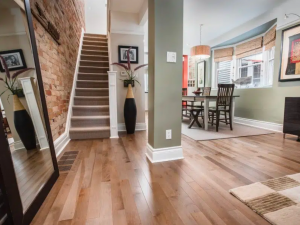 [Image source: Superior Flooring]
[Image source: Superior Flooring]
Installing a hardwood floor is typically seen as being a time and cost-intensive process, but prefinished floors are an ideal way to bypass these costs associated with installation.
Prefinished wood has several advantages that make it an attractive alternative to unfinished wood. Compared to traditional, unfinished hardwood floors, prefinished floors come pre-coated with the sealant that protects them from wear and tear.
This eliminates the laborious process of manually sealing each plank of unfinished wood, allowing installers to remove the steps of sanding and staining prior to finishing the flooring.
In addition to this lower labor cost for installation, there’s also less cost for materials since you don’t need additional products such as stain or sealant. This makes prefinished hardwood an attractive option for those looking to stay on a budget.
Installation Flexibility & Ease
Prefinished flooring also provides multiple installation methods for greater design freedom. Prefinished planks can be manufactured with a click lock system that makes them easy to install with little or no mess associated with traditional wet sanding and finishing procedures that are normally required for site-finished hardwood floors.
Furthermore, unlike unfinished hardwood floors which must be moved off site for sanding and staining processes, adding further disruption to family routines due to sanders’ noise and dust during worksite sanding sessions, prefinished hardwoods offer easy installation without leaving your home.
No Wait Time Before Use

[Image source: Unsplash]
Another advantage of prefinished hardwood flooring is its quick installation time, allowing you to start using your new floors almost immediately after installation.
Unlike unfinished hardwood, prefinished wood comes pre-coated and cured in a factory setting – meaning it’s ready for immediate use once it has been installed. This significantly reduces the amount of time contractors need to complete a job since there’s no need for sanding or staining the wood.
The faster installation time also means you don’t have to sacrifice your time waiting for your new hardwood floors to be finished and ready for use; instead, you can start using them from day one.
The out-of-the-box installation also makes it ideal for DIYers who aren’t professionals with woodworking skills needed for sanding and staining on site.
Less Chance of Repair or Replacement Needed
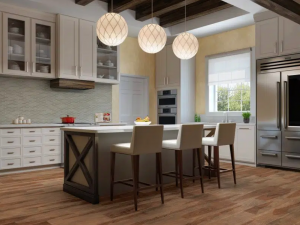 [Image source: Superior Flooring]
[Image source: Superior Flooring]
Prefinished hardwood floors have a longer lifespan than unfinished wood, reducing the chances of needing repairs or replacements over time. This is due to its factory-applied layer that provides greater protection against wear and tear, scratches, spills and other damages.
Also, since each board comes with a uniform finish, any changes in color over time are less noticeable. This makes it much easier to spot and repair any chips or scratches that may occur throughout the life of your floors without having to replace an entire section of boards.
Prefinished Hardwood Floors Come in a Variety of Colors and Styles
Prefinished hardwood floors come in a variety of colors and styles that make them stand out from their unfinished counterparts. These prefinished floors are available in wide plank, narrow plank, strips, parquet, and various other options. They can also be stained to more than 500 stain variations, ranging from light to dark stains.
This variety allows homeowners the flexibility to personalize their home’s look with flooring that suits the room’s overall look and feel. The finish used on prefinished hardwood boards is much thicker than the typical three-step topcoat process used on on-site finished wood floor installations. This finish boosts durability, making it easier to withstand traffic when compared to an unfinished hardwood floor.
The options for unfinished hardwood floors are limited only to the colors and styles available at the time of purchase, while prefinished hardwood floors offer more selection. With a variety of colors and styles, you can find hardwood flooring that will perfectly match your home’s color scheme and décor.
Easier to Clean & Maintain
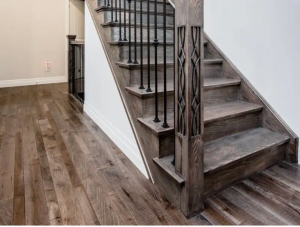 [Image source: Superior Flooring]
[Image source: Superior Flooring]
Prefinished hardwood floors are easier to clean and maintain than unfinished wood floors. The thicker polyurethane layer provides a protective layer that is more resistant to dirt and spills, making it easier to keep your floors looking beautiful with minimal effort.
Furthermore, unlike unfinished hardwood floors which require periodic sanding and refinishing, prefinished hardwood floors simply need to be wiped down with a damp cloth or vacuumed regularly. This can save homeowners time and money in the long run by reducing the amount of maintenance needed for upkeep.
As a bonus, since prefinished flooring has a thicker seal around it, dust, dirt, and other allergens are less likely to be trapped in the grooves of the wood. This helps reduce indoor air pollution and can help make your home a healthier living environment.
Prefinished Floors Add More Value to Your Home
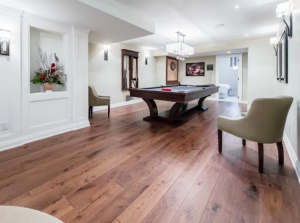 [Image source: Superior Flooring]
[Image source: Superior Flooring]
Prefinished hardwood floors can be incredible investments for homes. Not only are prefinished floors much easier to install than unfinished versions, they also provide additional value when it comes time to sell.
Today’s prefinished hardwood is more durable and has a longer lifespan than its unfinished counterparts, meaning homeowners won’t have to worry about replacing them any time soon. With the look and feel of a truly luxurious floor, prefinished hardwood floors can set your home apart from the competition in the housing market and give potential buyers an added incentive to make an offer.
Plus, the ease of installation and lower costs associated with them means lots of savings in labor and materials down the line. This is why investing in prefinished hardwood over unfinished has become so popular today!
Prefinished hardwood floors also offer many stylistic advantages for homes looking for extra curb appeal. Prefinished options come with a variety of color finishes that allow homeowners to choose whichever style suits their décor best. Just as importantly, this huge selection ensures that you’ll find a design suitable for virtually any room or space in your home.
And since this type of flooring usually contains multiple layers which give off different tones, there’s something for everyone no matter what their taste may be!
All this adds up to an even bigger payoff when it comes time to sell; with all these options available, buyers will always find something that appeals to them.
Conclusion
Prefinished hardwood floors are a great option for any homeowner looking to add beauty, value and durability to their home. These floors offer a variety of colors and finishes that can truly transform the look and feel of your home in no time.
Plus, with the added protection of its polyurethane sealant, prefinished floors are much easier to keep clean and maintain, which can save you time and money in the long run. And when it comes time to sell your home, these floors can set you apart from other houses on the market with their luxurious style, extra durability, and lower costs.
Are you ready to make the switch to prefinished hardwood? With so many advantages, there’s no better time than now!
Since 1986, MacDonald Hardwoods has been providing quality hardwood floors to the local community and would be more than happy to help you find the perfect flooring for your home.
Get in touch today!
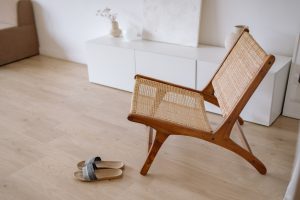
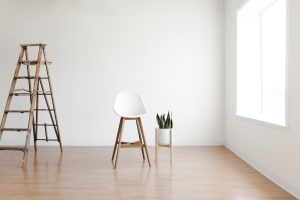
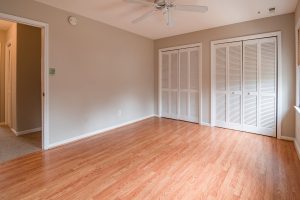


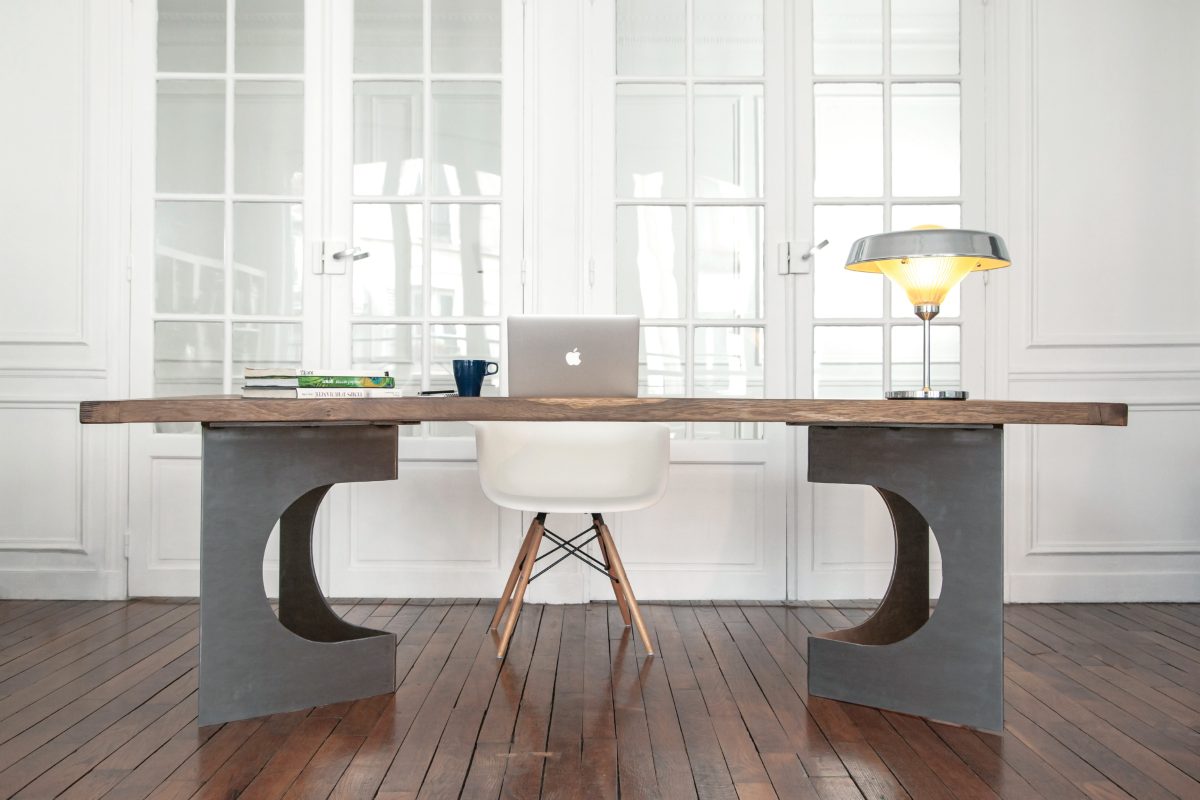
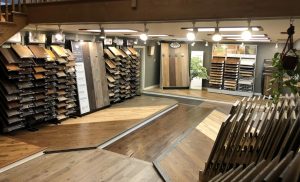
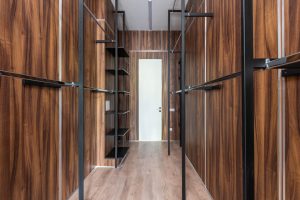
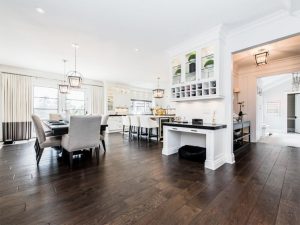

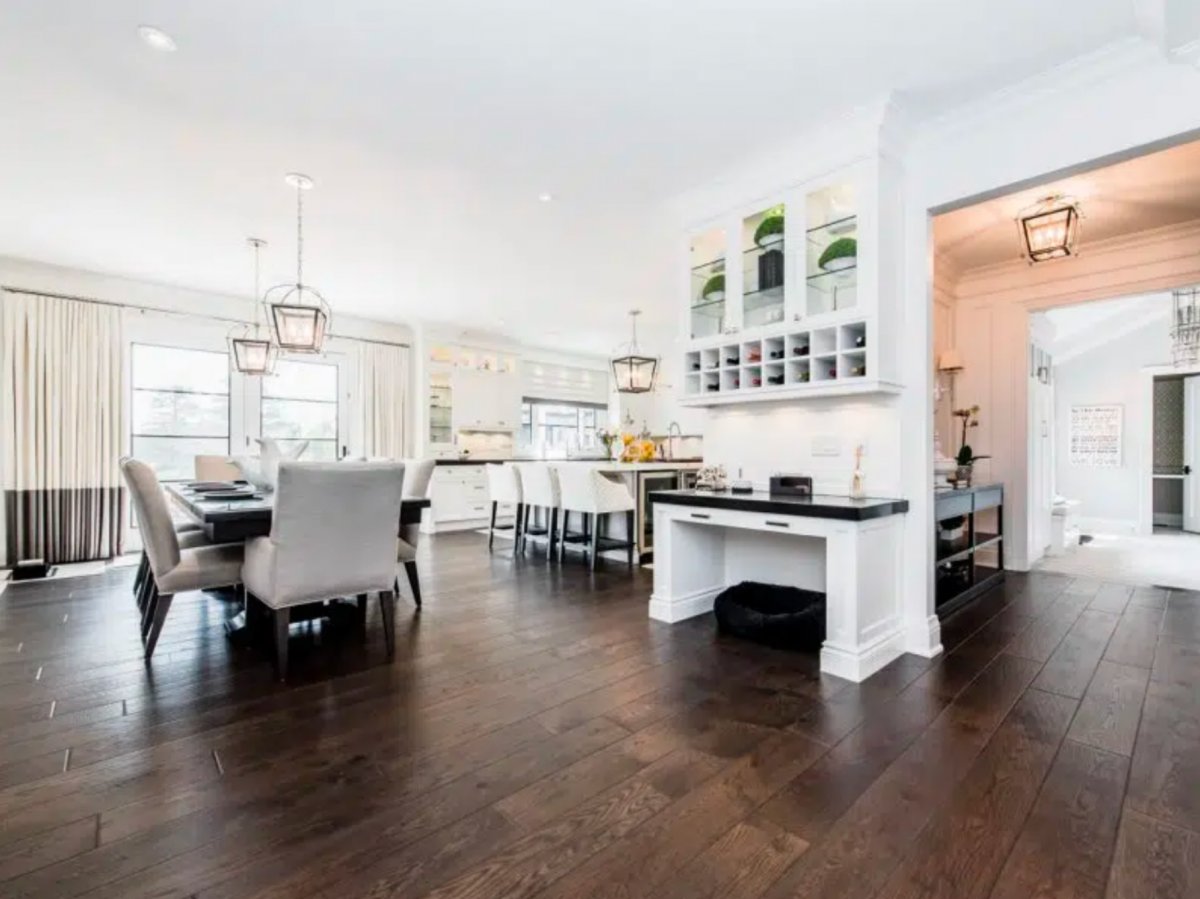

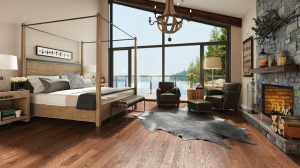

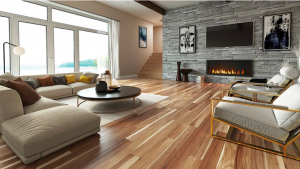

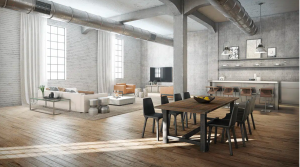
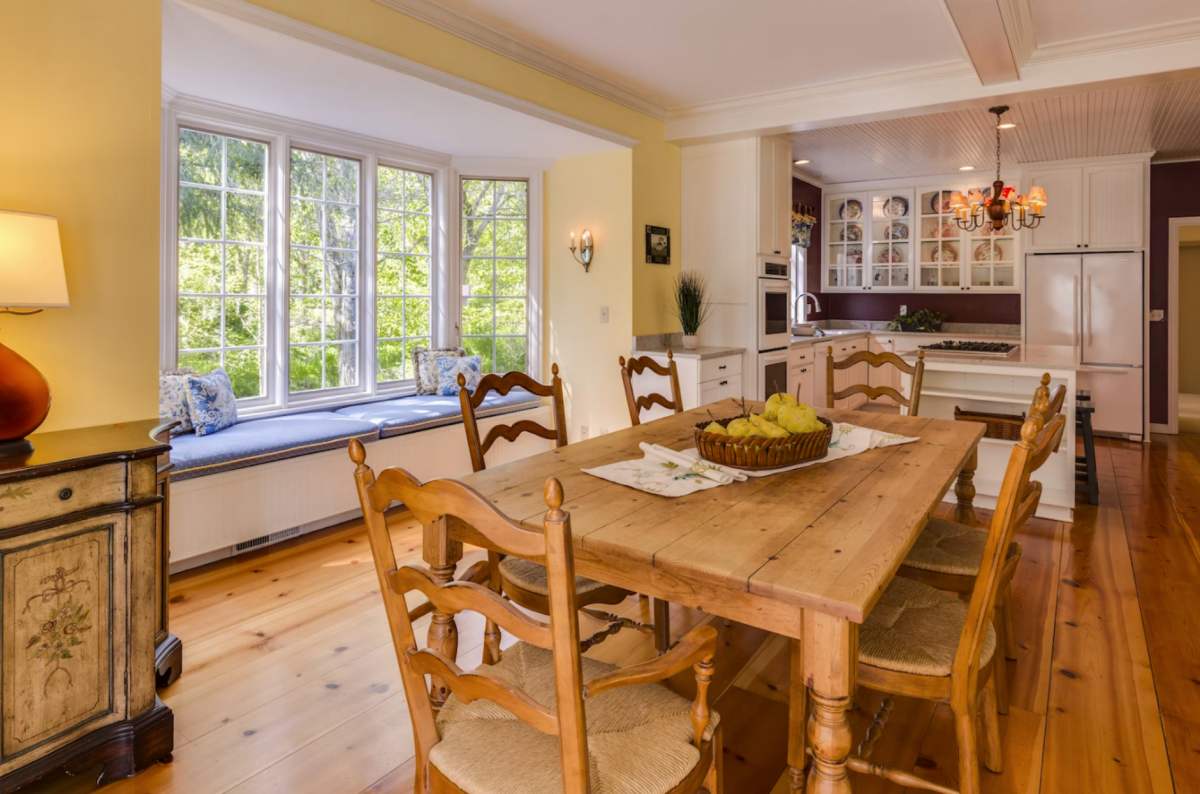
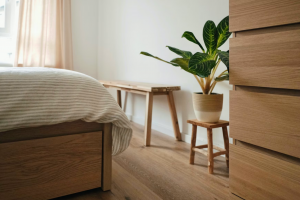
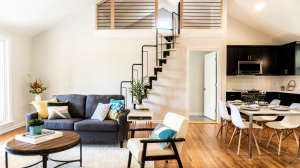

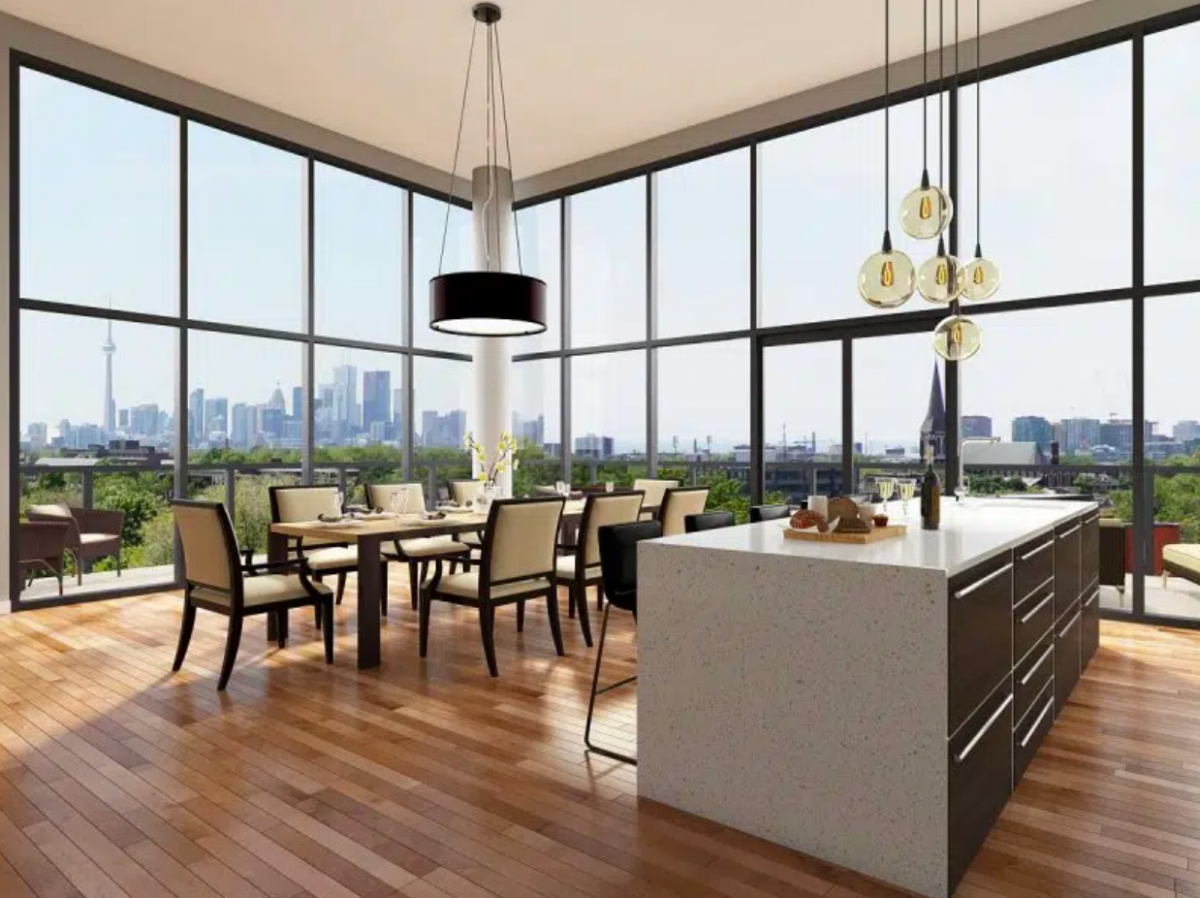
 [Image source: Superior Flooring]
[Image source: Superior Flooring]
 [Image source: Superior Flooring]
[Image source: Superior Flooring] [Image source: Superior Flooring]
[Image source: Superior Flooring]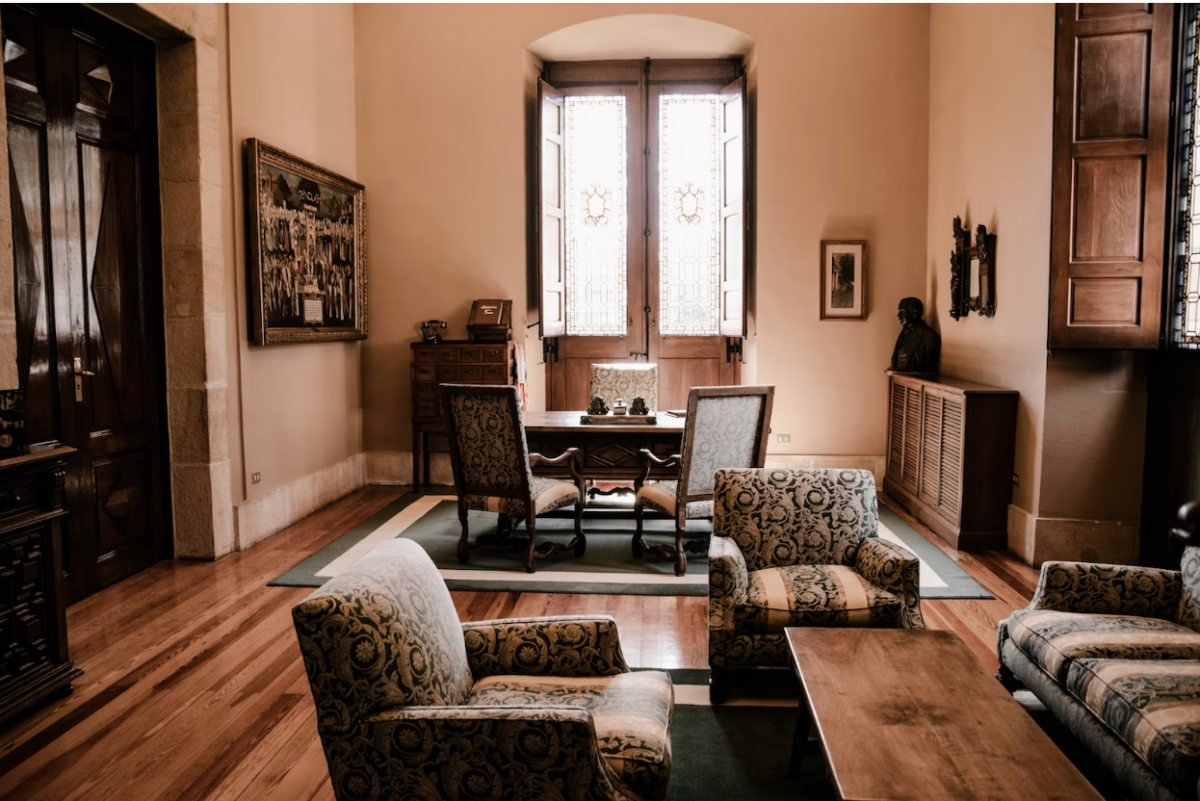

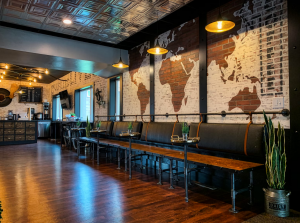 [Image source: Unsplash]
[Image source: Unsplash]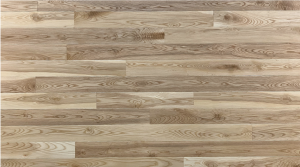
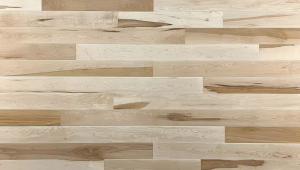
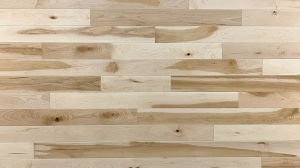 [Image source: Superior Flooring]
[Image source: Superior Flooring]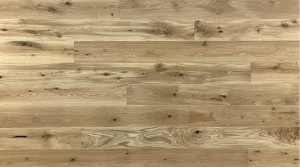 [Image source: Superior Flooring]
[Image source: Superior Flooring]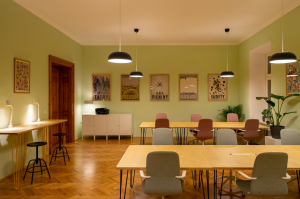 [Image source: Unsplash]
[Image source: Unsplash]